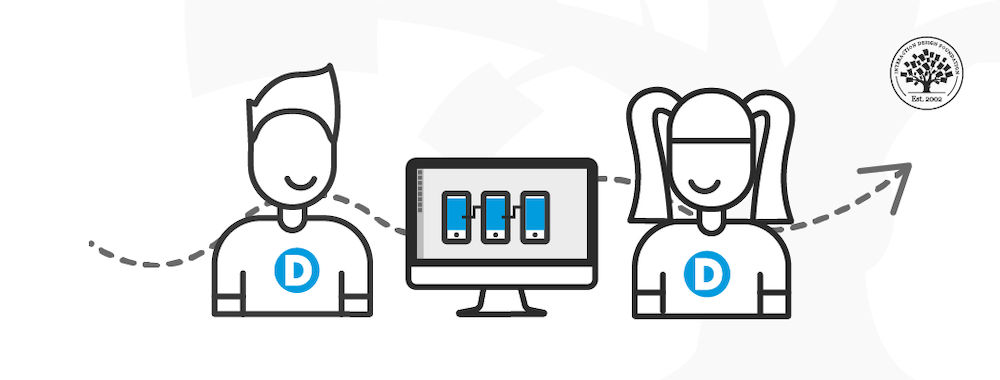Today, we’re going to look at some key considerations before you take your basic ROI calculations and share them with the business.
ROI is a Political Hot Issue
If you want to deliver your ROI calculations the most important consideration is; “What else has happened in the company that might have contributed to this result?”
You see, while you may have worked your socks off to improve the user experience so that the company gains more customers – whilst you were working, the marketing department was building its most comprehensive and expertly targeted marketing campaign. It launched the campaign, the day that your changes went live.
If, you decide that your input is responsible for 100% of the increased revenue; you are going to end up in a battle. It’s a battle that you almost certainly can’t win either. The marketing team is going to go ballistic. They will visit each and every stakeholder and point out that their new super-duper campaign was responsible for the revenue shifts and that your efforts were fairly minor in comparison to theirs.

Author/Copyright holder: European Parliament. Copyright terms and licence: CC BY-NC-ND 2.
In addition to getting some egg on your face (no matter where the truth lies – it seems unlikely that either efforts was responsible for 100% of the effect) you’ll have made an enemy out of the marketing department. The same marketing department that you need to support your efforts and your budget requests.
Share the Credit Instead
It is much better to be proactive about this. Find out what else might have had an impact on your metrics and go and agree a share of the spoils with the department or departments involved. Activities that impact your metrics can include: sales training, customer services training, additional product launches, marketing efforts, improved infrastructure, etc.

Author/Copyright holder: Jeremy Segrott. Copyright terms and licence: CC BY 2.0
There’s a simple rule in life that makes this effort worthwhile. A percentage of something is always better than a bigger percentage of nothing. When people become territorial about ROI calculations it often leads to a competition in front of the project’s sponsors and the board. This is unhealthy competition but in many work environments it will lead to a winner and a loser. The person with the most political clout gets 100% of the credit and the one with the least gets ignored or their results glossed over.
If you work as a team (and you really should because that’s what businesses are – big teams) then you can ensure that everyone involved comes out looking good and if things go wrong… it enables you to share some of the blame too. UX doesn’t happen in isolation (or perhaps it doesn’t happen in isolation often) it happens in conjunction with a much wider set of activities. It’s always best to place your ROI in context of those activities and if you do, you’ll find that you’re much more credible in the future too even if your ROI is a touch lower than you would have liked it to be.
Hero Image: Author/Copyright holder: Liza. Copyright terms and licence: CC BY 2.0










